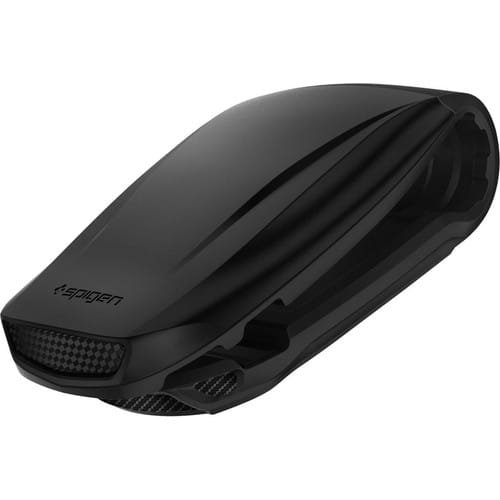Difenbahia plant is also known as "Weeping Flower". This name was given because it produces water from its leaves. In this article, we will look for answers to the questions of what is the Difenbahia plant and how to care for it, what is the meaning of the Difenbahia plant, what are its features, benefits and how is it grown?
Thanks to its easy and effortless care, it is a plant widely preferred by people in home and office environments. It has aesthetic and long leaves, but these leaves have a short lifespan and renew themselves at frequent intervals. It is a plant species that we encounter very often due to its rapid growth, effortless maintenance and easy adaptation to any environment. It easily adapts to all soil types, but this plant requires soil change twice a year. However, this soil change does not meet all the needs of the plant and you need to give your plant vitamin and mineral supplements at regular intervals.
What is Difenbahia Flower?
It does not need much sun, 2 hours of sunlight a day will be sufficient for your plant. It is resistant to cold, but will begin to be damaged below 5 degrees. It does not like areas with excessive breeze, areas with little breeze will make your plant comfortable. It likes loose and air-permeable soil because this way its roots get air and their roots have the opportunity to develop easily.
With proper care, your plant can reach a height of 2 meters in a short time. Your plant will grow healthy and happily when the soil containing plenty of perlite is supplemented with a fertilizer mixture suitable for the plant. Frequent pruning of faded and yellowing leaves will add a beneficial and aesthetic effect to the plant. Be careful not to let your plant come into contact with other objects, your plant may become stressed quickly.

How to Care for Difenbahia Plant?
Fading and yellowing leaves need to be pruned at regular intervals. Although it needs little sunlight, it needs to be exposed to sunlight for healthy growth, but since it tends towards light, the dark parts of the plant should be rotated towards the light regularly. In order to avoid stress, its leaves should not come into contact with any objects. Breezy environments will harm your plant, so it should not be in places with drafts.
How to Plant Difenbahia Plant in Soil?
The node lines of the plant are distinct. The removal of branches should be done with the help of disinfected scissors or cutters. The cut branches should be kept in a container filled with water at room temperature. If we want the branches to root quickly, we can add 1 sugar cube to the water. When the root length of the cut branches reaches 10-15 centimeters, we can carefully transfer them to the soil. Exposed wounds or cuts can be closed by dropping wax.
How to Propagate Difenbahia Plant?
The most suitable months for propagating your plant are March-April. If we do not live in a very hot region, propagation can be done until June. We should cut the branches from the parts close to the trunk and keep them in a container filled with water. The branches will root in a short time, you can propagate the rooted branches by planting them in a small pot.

How to Water Difenbahia Plant?
The climate you live in and the area where your plant is located cause your plant's water needs to increase or decrease. If your plant is warm and receives plenty of sunlight, its water need increases proportionally, whereas if it is in a cool place with little sunlight, its water need decreases proportionally. You should be careful to water your plant, which generally has medium-low water needs, with warm water, otherwise your plant may go into shock and get sick or even die. It requires watering at regular intervals, that is, you should water your plant at the intervals you are used to. Watering twice a week in summer and once a week in winter will be sufficient. Spraying water on its leaves in hot weather will make it happy.
Meaning of the name Difenbahya
This plant is called "weeping flower" because the leaves release water from their tissues.
Characteristics of Difenbahia Plant What are they?
– Originally tropical It is a climate plant.
– It is flowerless throughout the year, it can be seen that it rarely produces shoots from the bottom parts.
– A mature Difenbahia can reach a height of 2 meters.
– Since it is effortless and easy to maintain, it is one of the types we encounter most in homes and offices.
– He never finds his place strange and adapts quickly. It is preferred as decoration because it grows quickly and has an aesthetic appearance, but its leaves are short-lived compared to other species.

The Legend of the Difenbahia Plant
From time to time, it can be seen releasing water from its leaves, so it is thought that it is crying. It is not known why it does such a thing, but some people believe that the plant does this action more frequently, especially after the death of its owner.
Related articles:



